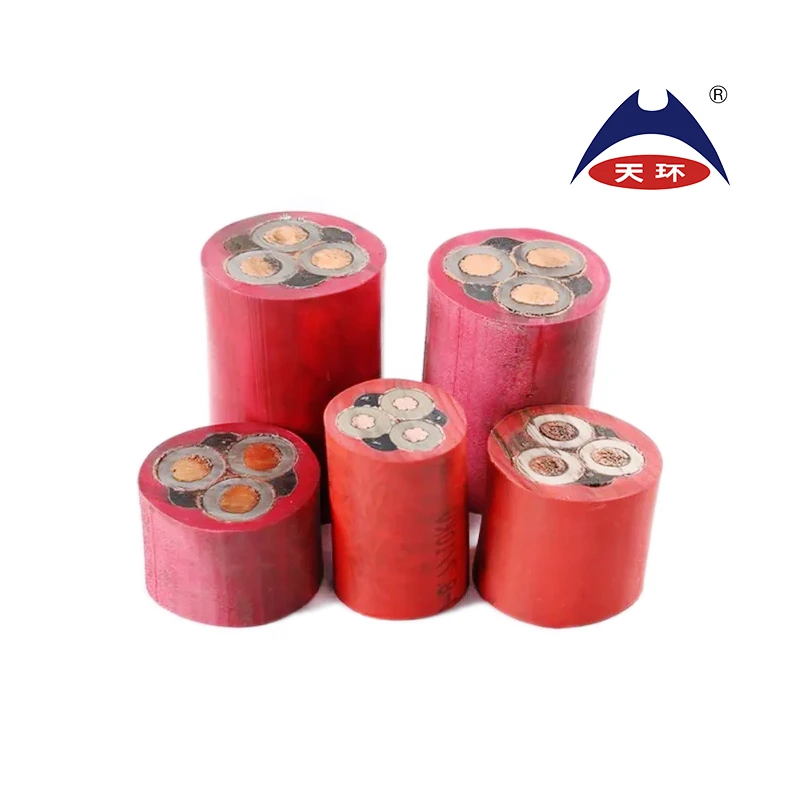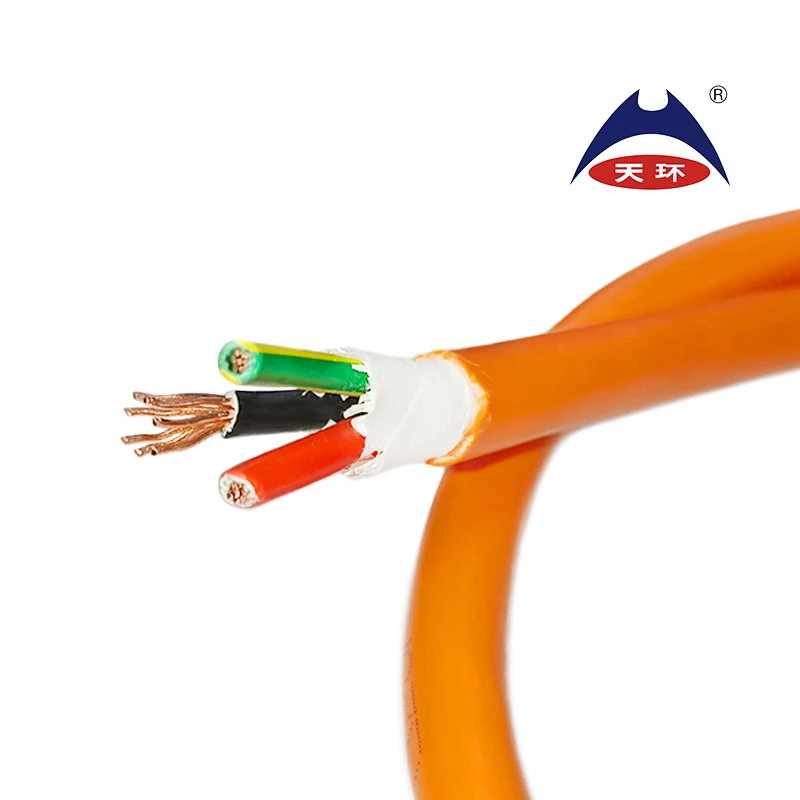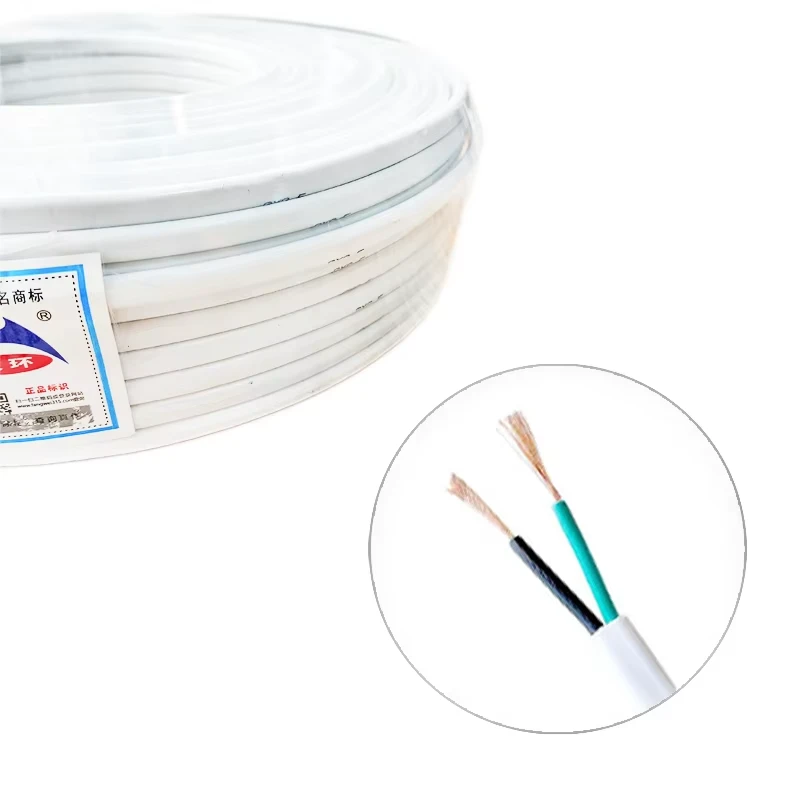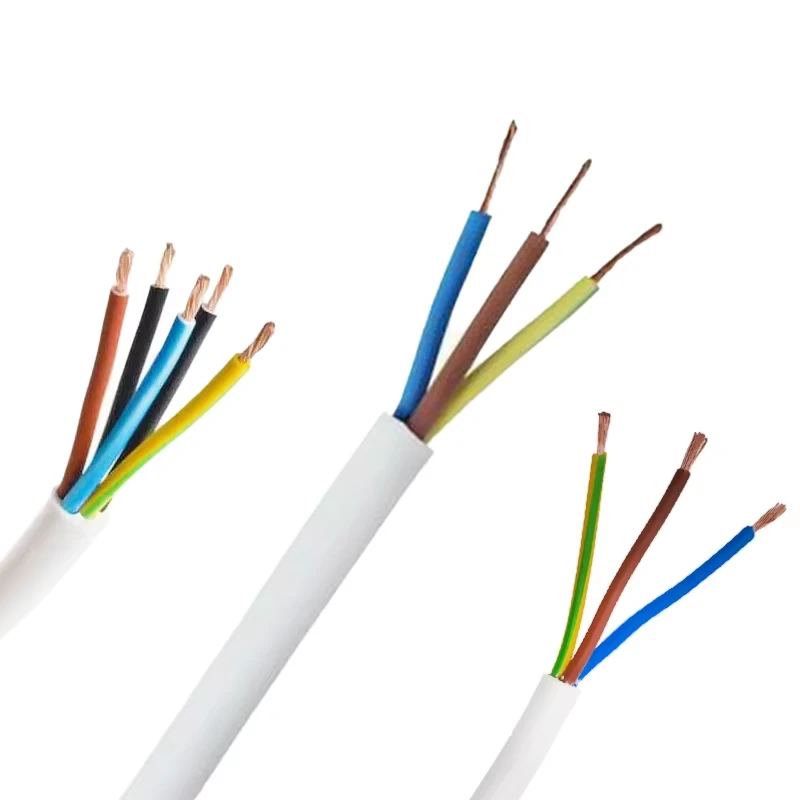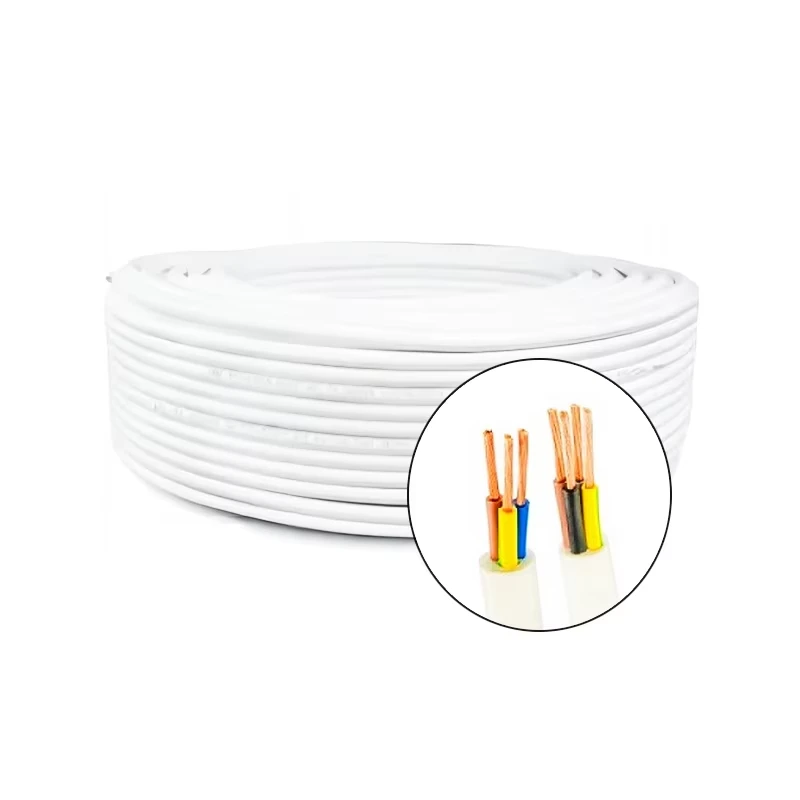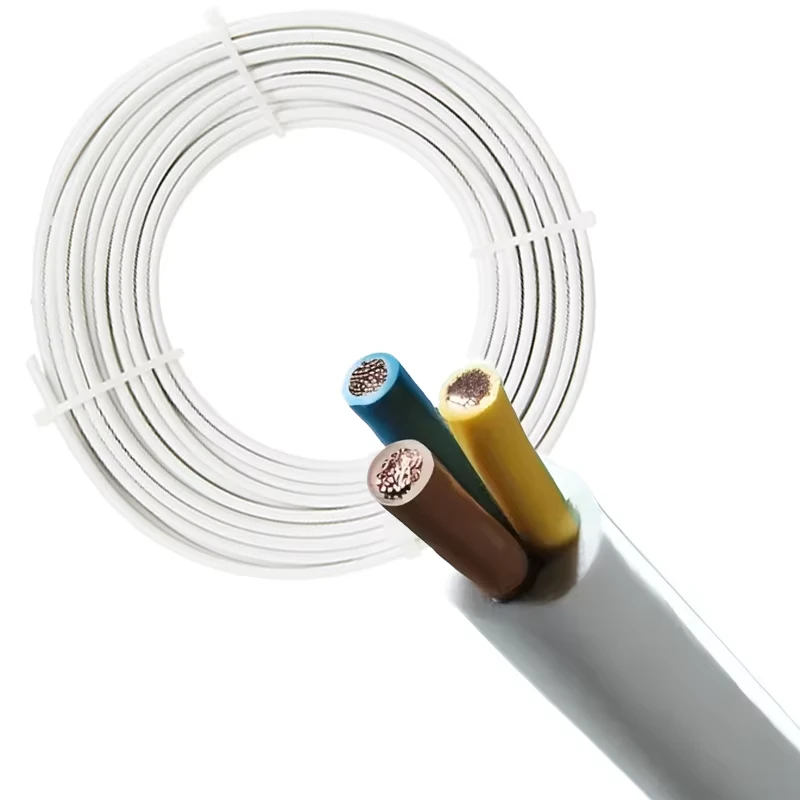
Building Wire in Renewable Energy Systems
Renewable energy systems, from solar farms to wind turbines, are transforming how we power our world. At the heart of these systems lies a critical yet often overlooked component: building wire. This unsung hero ensures energy flows safely and efficiently from generation points to storage units and end-users. As renewable technologies advance, the demand for reliable building wire types—especially copper building wire—continues to grow. In this article, we explore how these wires form the backbone of sustainable energy infrastructure and why choosing the right type matters for performance, safety, and longevity.
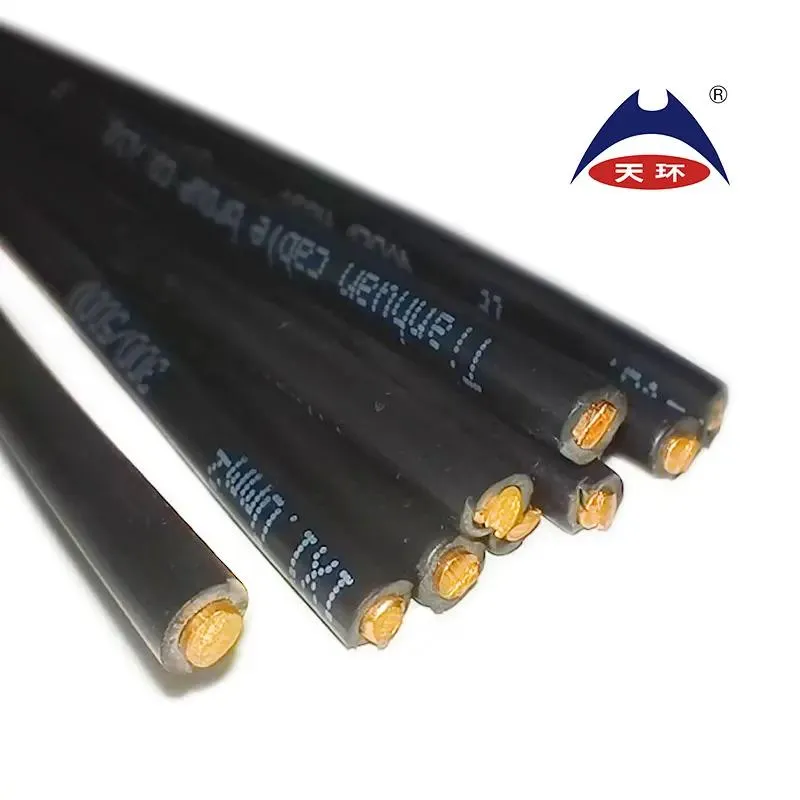
The Role of Building Wire in Renewable Energy Systems
Building wire serves as the circulatory system of any renewable energy setup. Whether connecting solar panels to inverters or linking wind turbines to battery storage, these wires ensure uninterrupted energy transfer. In solar arrays, for instance, building wire must withstand extreme temperatures, UV exposure, and moisture while maintaining conductivity. Similarly, in wind energy systems, wires are often routed through tall towers and exposed to vibrations, requiring exceptional durability.
The efficiency of renewable systems hinges on minimizing energy loss during transmission. High-quality building wire reduces resistance, ensuring more power reaches its destination. This is particularly vital in large-scale projects where even minor inefficiencies can lead to significant energy waste. Additionally, safety standards mandate that building wire meets strict fire-resistance and insulation requirements to prevent hazards in densely wired environments.
By selecting the right building wire types, installers can optimize system performance while adhering to regulatory codes. This foundational component is not just a passive conductor—it’s a dynamic enabler of clean energy.
Why Copper Building Wire Stands Out
When it comes to conductivity and reliability, copper building wire is the gold standard in renewable energy applications. Copper’s inherent properties—superior electrical conductivity, thermal resistance, and corrosion resistance—make it ideal for harsh environments. Unlike aluminum, which can oxidize and degrade over time, copper building wire maintains its integrity even in humid or salty conditions, common in offshore wind or coastal solar farms.
Another advantage of copper building wire is its flexibility. Renewable systems often require wires to bend around tight corners or fit into compact conduits. Copper’s malleability allows for easier installation without compromising performance. Moreover, copper’s high melting point enhances safety in high-temperature scenarios, reducing fire risks.
While copper building wire may have a higher upfront cost than alternatives, its longevity and efficiency translate to long-term savings. For projects prioritizing durability and minimal maintenance, copper remains the top choice.
Exploring Common Building Wire Types for Renewable Projects
Not all building wire types are created equal. Understanding their differences ensures optimal compatibility with renewable energy systems. Here are three widely used categories:
THHN/THWN-2: This dual-rated wire is heat-resistant (THHN) and water-resistant (THWN-2), making it suitable for both indoor and outdoor use. Its nylon coating adds durability, ideal for solar panel wiring exposed to sunlight and rain.
USE-2/RHH/RHW-2: Designed for underground or direct burial applications, this type handles high voltages and temperatures. It’s commonly used in geothermal systems or connecting ground-mounted solar arrays.
Photovoltaic (PV) Wire: Specifically engineered for solar installations, PV wire features double insulation to prevent UV damage and abrasion. Its flexibility simplifies routing through panel frameworks.
Choosing the right building wire types depends on factors like environmental conditions, voltage requirements, and installation complexity. Partnering with suppliers who specialize in renewable-grade wires ensures compliance and performance.
FAQs About Building Wire in Renewable Energy Systems
What Are the Advantages of Copper Building Wire Over Aluminum?
Copper building wire offers higher conductivity, better corrosion resistance, and greater flexibility than aluminum. It’s more durable in fluctuating temperatures and requires fewer maintenance checks, making it cost-effective over time.
How Do Building Wire Types Impact System Longevity?
High-quality building wire types resist environmental stressors like moisture, heat, and UV exposure. For example, PV wire’s double insulation extends lifespan in solar setups, reducing replacement costs.
Is Copper Building Wire Worth the Higher Initial Investment?
Yes. While pricier upfront, copper building wire minimizes energy loss and lasts decades, lowering long-term operational expenses. Its reliability also reduces downtime in critical renewable systems.
Can I Use Standard Building Wire for Solar Installations?
標準 building wire lacks the UV and temperature resistance needed for solar. Always opt for PV-rated or THWN-2 wires to ensure safety and compliance with industry standards.
What Building Wire Types Are Best for Wind Turbines?
Wind turbines require flexible, vibration-resistant wires. Copper building wire paired with THHN insulation is ideal, as it withstands movement and harsh weather without degrading.
In the push toward a greener future, building wire proves indispensable. From the unmatched efficiency of copper building wire to the specialized roles of various building wire types, every choice impacts system success. By prioritizing quality and understanding these components, renewable energy adopters can build resilient, efficient systems that stand the test of time. Whether you’re designing a small solar array or a sprawling wind farm, the right wire isn’t just a detail—it’s the lifeline of your project.
-
The Quantum Leap of XLPE Cable in Power DistributionニュースMay.29,2025
-
Mastering the Essentials of Building WireニュースMay.29,2025
-
Innovative Horizons of Rubber Trailing CablesニュースMay.29,2025
-
Exploring the Versatile World of Rubber CablesニュースMay.29,2025
-
Decoding the Mysteries of Building CablesニュースMay.29,2025
-
Advancements Redefining Control Cable TechnologyニュースMay.29,2025
-
Why It's Time to Replace Old Rubber CablesニュースMay.28,2025





